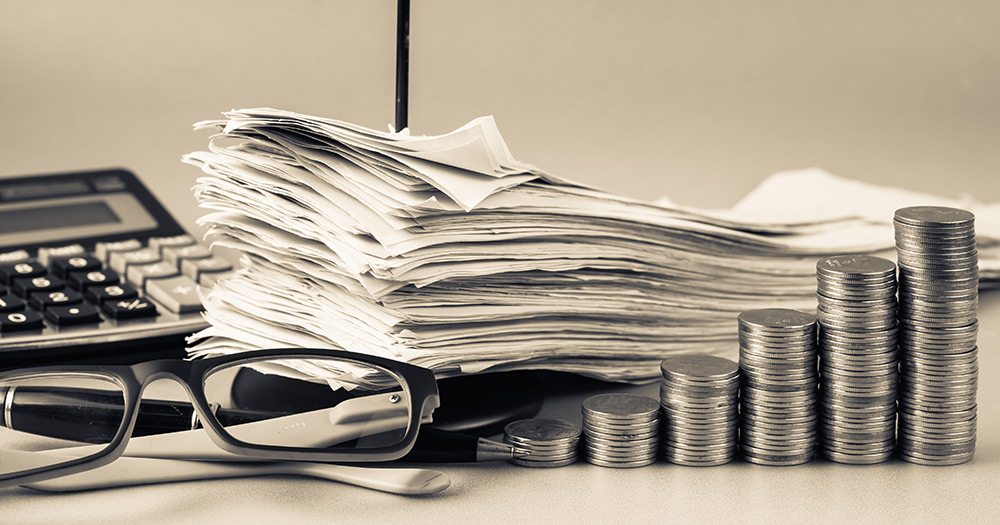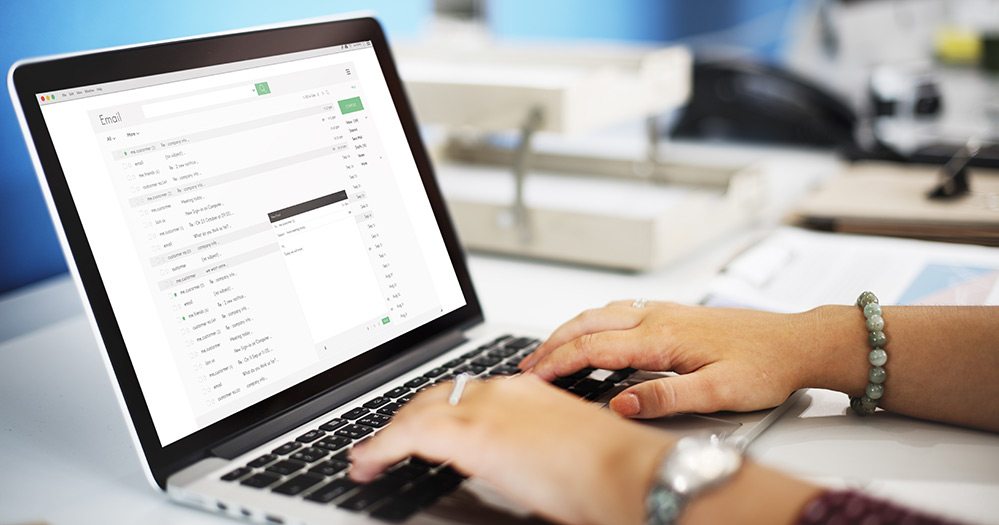We’ve reached the final installment of our four-part series about business travel. In previous posts, we laid out tips and insights on how to pack for a business trip, how to stay comfortable during a business trip, and how to make the most of your time while on a business trip.
In this last post, we will give you a rundown of what to do right after you return.
Leave a good impression
Before heading out for home, make it a point to leave a tidy room and thank your hosts. Keep all furniture and appliances intact, and settle payments properly and on time. You’re carrying your company’s name, so be extra careful. Do not be the employee who makes a bad impression for the company because of unruly tenant behavior.
Deal with jet lag
Jet lag shouldn’t in any way interfere with your business dealings during the trip. And it shouldn’t be the reason for your lethargy back at the office. Don’t rush to tackle things you missed while you were away. Instead, give your body time to recover.
People deal with jet lag in many ways. Find what works for you. For starters, try to reset your clock by staying awake until your normal bedtime back at home.
File your expenses
Once back at the office, the first thing you should do is write up an expense report. Don’t give your company reason to dock your reimbursement (or make you shoulder interest charges) by failing to file on time.
If you’ve religiously kept your receipts, took pictures, and kept track of your expenses—either by recording them in a dedicated file or through an app while on the trip—you should be fine. Just whip out your expense folder, review, create a backup, and submit to accounting.

Do a post-mortem
Take some time to reflect before and during the trip. That will give you insights into the trip’s wins and areas for improvement. What could you have done differently? Was the trip even necessary? Knowing these answers will be useful the next time you plan for a business trip.
Likewise, review your company’s travel and per diem policies. You want to make sure you’ve been cost efficient without, depriving yourself of necessities.
Review any new things you may have learned. Look back on any new lessons or insights the trip may have given you. Is there a new trend or tool you should be aware of? Are certain practices that used to be standard in your line of work now considered obsolete? Who are the latest influencers in your sector and what are their ideas? Are there new regulations affecting your business?
Gather these in a coherent, presentation-ready format for when you report on your trip.
Follow up with new contacts and potential leads
Collate all the usable information you have gathered from your networking efforts. Organize all business cards, phone numbers, and email addresses into a single document. Check leads you may have met during your trip on LinkedIn. Send them a follow-up message that reminds them about the event where you met. Bring up notes about your encounter, and request to add them to your LinkedIn network.
If you can’t find your new contact on LinkedIn, send an email with a quick introduction. Reference your encounter and request a follow-up on where your previous conversation left off.
Post an assessment of key takeaways
If the purpose of the trip isn’t confidential, consider writing a recap on your company’s blog or intranet. Include key takeaways and high-res pictures.
Writing refreshes your memory about the things you learned from the event. And it also keeps the rest of your company’s employees on the same page.
Posting about these activities also develops your company’s reputation as a thought leader. It’s always good PR to show that your company is involved in industry events.

Tackle all those emails
One day, one week, or one month—it doesn’t matter how long you’ve been away. An overflowing inbox stresses the heck out of most people. So the process doesn’t become time-consuming and energy-sapping, develop a “zoning” system. Separate emails into folders. Separate emails that need an urgent reply from those that involve a task. Identify emails that relate to trips or meetings, emails that should be delegated, and so on. Not all emails are created equal, after all.
Delete stale mail and reply to all the important ones, no matter how brief the response.
For business trips to be successful and hassle-free, planning and research are key. A post-trip analysis allows you the opportunity to slice and dice your business travels. You’ll learn to squeeze the most value out of every trip. And you’ll emerge a better and more efficient business traveler.







